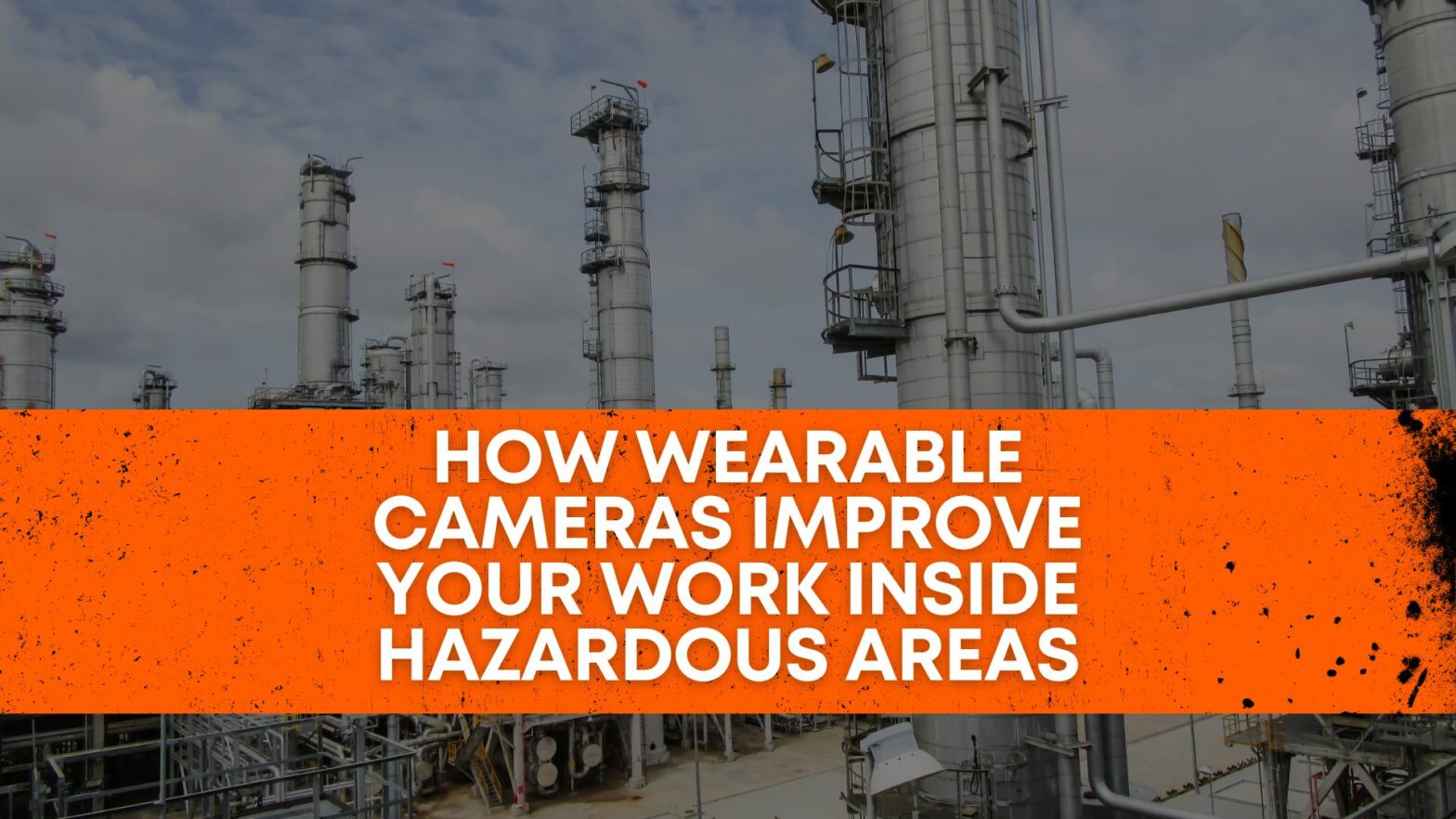Wearable cameras have become increasingly popular in recent years, and for good reason. These cameras offer a unique and convenient way to capture and document experiences and events. However, their benefits go beyond just capturing memories, and they can be especially useful in hazardous areas. In this blog post, we will explore the benefits of using a wearable camera inside hazardous areas and why it is an important tool for workers in these environments.
Improved Safety
Wearing a camera in hazardous areas can improve worker safety by providing visual documentation of the conditions they are working in. This information can be used to improve safety protocols and identify potential hazards, which can help prevent accidents and injuries. In addition, wearable cameras can be used to monitor worker behavior, helping to ensure that they are following established safety procedures.
Real-Time Monitoring
Wearable cameras can provide real-time monitoring of hazardous areas, allowing managers and supervisors to monitor conditions and worker behavior from a remote location. This can help reduce the number of people who need to be physically present in hazardous areas, reducing the risk of accidents and injuries.
Improved Communication
Wearable cameras can also be used to improve communication between workers in hazardous areas. By providing real-time video feeds, workers can quickly and easily share information about conditions and hazards, helping to improve collaboration and coordination. This can be especially valuable in emergency situations where time is of the essence.
Better Record Keeping
Wearable cameras can provide a record of events in hazardous areas, which can be used to improve training programs, evaluate workers’ performance, and assess the effectiveness of safety protocols. This information can also be used in the event of an accident or injury, helping to determine what went wrong and how it can be prevented in the future.
Enhanced Productivity
By improving safety, real-time monitoring, communication, and record-keeping, wearable cameras can enhance productivity in hazardous areas. Workers can focus on their tasks knowing they are being monitored and their efforts are being documented. This can help to reduce stress and improve morale, which can lead to better performance and improved productivity.
In conclusion, wearable cameras can be a valuable tool for workers in hazardous areas. By improving safety, real-time monitoring, communication, record keeping, and productivity, wearable cameras can help to reduce the risk of accidents and injuries, improve collaboration, and enhance the overall effectiveness of operations in hazardous areas. So, if you work in a hazardous area, consider using a wearable camera to improve your safety and performance. The Intrinsically Safe Store has the best selections of wearable cameras in the catalog, click here and explore our safety solutions!


























